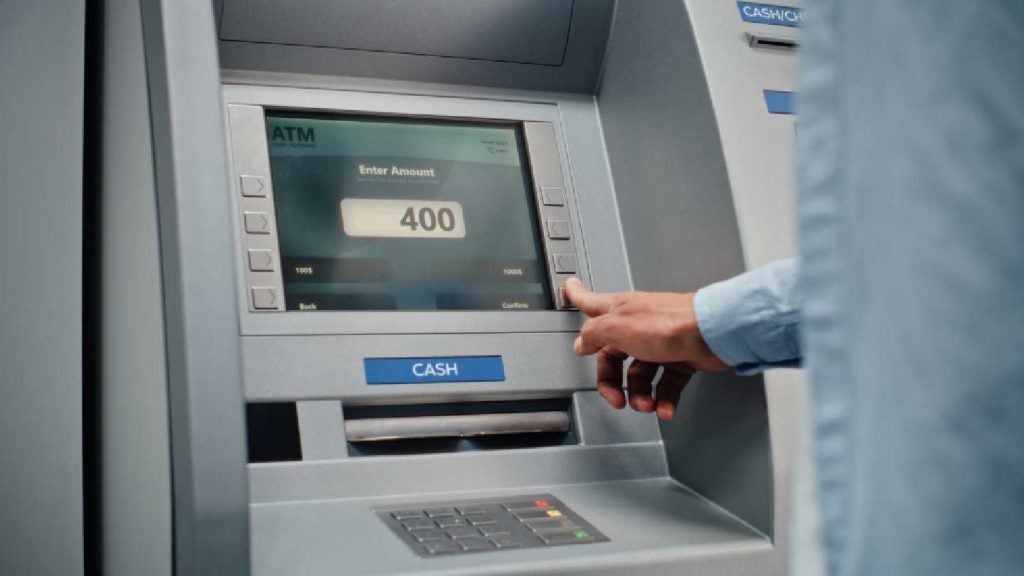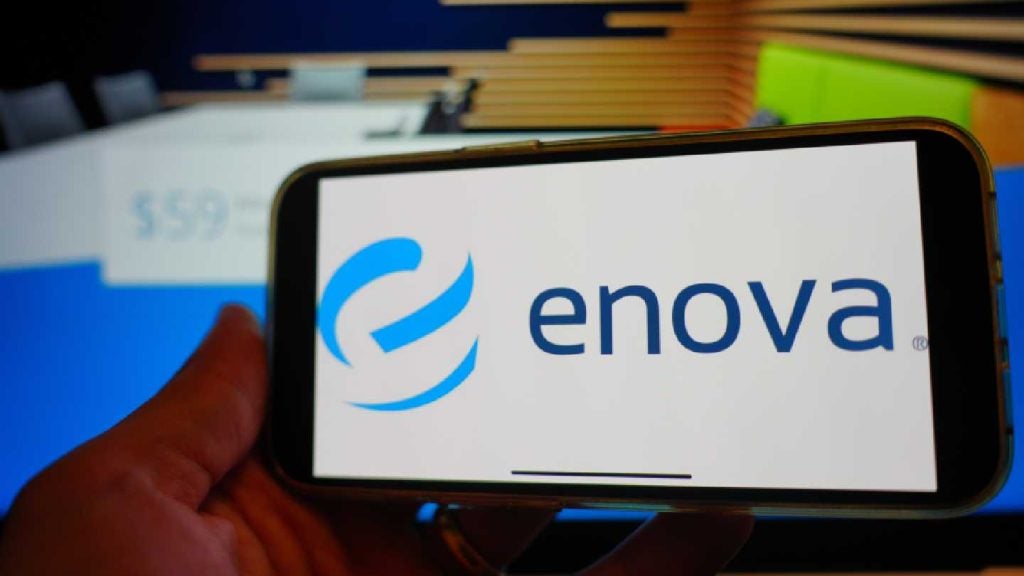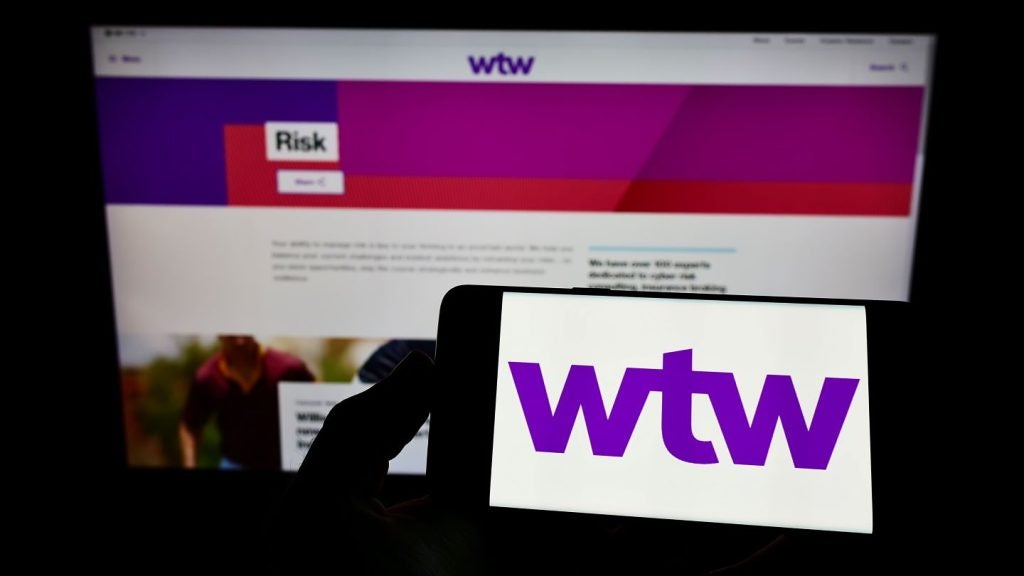Banco de Crédito del Perú, the
country’s largest bank, boasts current account and savings market
share rates of more than 40 percent. Carlos Morante, the bank’s
head of commercial banking, tells Rodrigo Amaral it is determined to stay
ahead by targeting the two-thirds of Peruvians currently
unbanked.

Access deeper industry intelligence
Experience unmatched clarity with a single platform that combines unique data, AI, and human expertise.
Banco de Crédito del Perú (BCP) is
the largest bank in Peru by assets, but will have to maintain its
recent growth rates if it is to retain its market leading position.
The bank has recently estimated that the country’s increasingly
competitive retail banking sector is likely to grow by up to 20
percent a year until 2014 as Peru, once considered a model for
basket-case economics, is expected to boast rapid economic growth
once the global downturn ends.
In particular, Peru’s banks have in their
sights the country’s unbanked segment, estimated to amount to
around 72 percent of the population.
Encouragingly for BCP and its rivals, there
are signs that Peruvians are starting to realise the benefits of
using a bank, while the government is also trying to boost
bancarisation levels. Peruvian banks are, arguably, enjoying the
best period in their history. Several years of prudent,
conservative economic policies have helped the country achieve GDP
growth of an average of 7.5 percent a year since the mid-2000s.
|
PERFORMANCE 
GlobalData Strategic Intelligence
US Tariffs are shifting - will you react or anticipate?Don’t let policy changes catch you off guard. Stay proactive with real-time data and expert analysis. By GlobalData |
|||
|
BCP – earnings fundamentals, 9M09 |
|||
|
9M09 |
9M08 |
% change |
|
|
Net interest income ($m) |
592.8 |
539.3 |
9.9 |
|
Fees and commission ($m) |
428.5 |
360.2 |
18.9 |
|
Total provisions ($m) |
-120.1 |
-44.8 |
168.0 |
|
Operating expenses ($m) |
-495.8 |
-446.2 |
11.1 |
|
Net income ($m) |
289.9 |
336.9 |
-13.9 |
|
Total loans ($bn) |
10.57 |
9.83 |
7.6 |
|
Total deposits ($bn) |
13.94 |
13.34 |
4.5 |
|
Net interest margin (%) |
4.9 |
4.3 |
60bp |
|
Cost-income ratio (%) |
48.8 |
52.3 |
-350bp |
|
Return on average equity (%) |
27.1 |
28.9 |
-180bp |
|
Source: BCP |
|||
As with other parts of Latin America, Peru has
benefited from China’s thirst for imports. This time, unlike on
previous occasions when the economy has enjoyed growth, the
government has not squandered the proceeds as a result of
corruption and economic mismanagement.
With GDP contracting by only around 0.3
percent in 2009, Peru looks set to suffer only a glancing blow as a
result of the global recession, and is set to emerge in a far
stronger position than Europe, the US and even some of its Latin
American neighbours. This year, local economists expect growth in
the country to hit 4 percent.
Export wealth has also trickled down towards
the lower brackets of the socio-economic pyramid, with poverty
rates decreasing in recent years. Such a development is music to
the ears of the country’s bankers.
“The good thing about Peru in the near future
is that we still have a lot of work to do in terms of
bancarisation,” Carlos Morante, head of commercial banking at BCP
told RBI. “This fact provides us with a huge opportunity to keep
growing, especially among low income clients.”
There are a number of reasons for this. The
faith of Peruvians in the banking system was severely damaged by a
botched nationalisation programme in the 1990s by the government of
Alan García, a left-wing nationalist who was re-elected to the top
job in 2006 as a reformed market-friendly politician.
More importantly, perhaps, are the very high
levels of informality that still prevail in the country. Cash
payments rule in many parts of the economy and some government
bodies and companies are said to make cash payments to their
employees.
“There are few incentives for people to come
out of the black market. Peruvians still fear regulation and many
don’t feel comfortable declaring taxes,” Morante added.
He said that only 34 percent of visitors
carrying out a service at BCP branches hold a bank account there or
with another bank. The two-thirds of visitors with no bank account
go to the bank to pay utility bills with cash or to perform other
similar services that do not require having an account.
Morante said that BCP still has some way to go
in order to convert visitors to the bank to customers.

“The bank is very well positioned in the
higher brackets of the market, the segments A and B, but we still
have little presence in other classes,” he said.
“We remain at some distance from the shopping
malls and retailers that issue credit cards to this public.”
The strategy to bridge this gap includes the
formalisation of agreements with big retail companies in order to
provide banking services from their facilities.
At the moment, there are partnerships in place
with Primax, a chain of petrol stations, and LAN, the largest
airline operating in the country. But to really reach the public,
BCP will have to target retailers of cheaper products that are the
first stop for low income Peruvians.
“We want to be in the places where people take
a loan to buy a refrigerator and there are discussions under way in
that direction,” he said.
Microfinance a strong
sector
Another target is Peru’s strong
microfinance sector, which is highly rated by international bodies.
The country was recently ranked first by The Economist
Intelligence Unit among nations that have good microfinance
sectors, mainly due to the regulatory and competitive
environment.
Competing against firms that are
used to providing loans of little sums of money to ordinary
Peruvians – including a number of non-profit organisations, but
also commercial banks – constitutes a major task faced by BCP and
its peers.
To tackle this problem, BCP snapped up
Edyficar, a microfinance outfit, in September last year. Edyficar
specialises in providing loans of less than the equivalent of
€1,000 to small and medium-sized companies and individuals.
Morante plans to use the access to the low
income market to attract clients to other parts of the group, which
can feel more intimidating to the unbanked compared to a
traditional microfinance firm.
BCP paid $96 million for Edyficar after
several months of negotiation. At the time, BCP said it had 60,000
microfinance clients to Edyficar’s 195,000, and only 200 of them
had loans from both companies.
BCP is also preparing to take advantage of a
new development that promises to accelerate the bancarisation
process in the country. Late in 2009, the Peruvian government
passed a bill that stipulates all companies with 10 or more
employees will be required to pay wages into their workers’ bank
accounts.
That is likely to reduce the volume of cash
payments in the economy, at least in the formal sector, and to
drive many new clients to banks.

The bank has already prepared an entry-level
package of products to lure in workers.
It comprises a no-extras bank account, a
credit card with a low spending limit and the ability to access the
account via internet or mobile phone.
“It is a very good bill that will boost
bancarisation, and we have to make an effort to make sure we can at
least keep our share of the payroll market with the arrival of
these new clients,” he added.
Morante estimates that BCP currently leads the
market in payroll accounts, with a 40 percent share.
A virtual future
In a country like Peru, where many
people live in rural towns and villages deep into the forest or in
the mountains, virtual access to the bank could also prove an
important tool to spread bancarisation. Peru has plans to drive
growth in the use of broadband internet and provide better wireless
telecommunication coverage around the country. But the use of these
new tools is in its early days.
Of BCP’s 3 million clients, only about 10
percent access their accounts online – with a mere 1 percent to 2
percent making use of the mobile banking facility launched about
one year ago.
BCP also employs a network of 2,500 bank
correspondents, known as Agentes BCP, that are able to provide
services to clients in places where there are no branches. They
include chemists, corner shops and other small businesses where
clients can pay deposits and bills and cash small amounts of
money.
The need to reach remote locations where
logistics can be difficult has also inspired the idea of building
temporary branches in ship containers that are taken to new
locations. The containers can stay in a single town or village for
one or two years, while the bank sets up a permanent physical
presence in the locality.
One of BCP’s small rivals, Mibanco, went a
step further by running a network of vans that visit villages on
scheduled days offering services to existing clients and drawing
new ones.
Creativity will clearly be crucial in order to
reach the country’s new bank customers.










